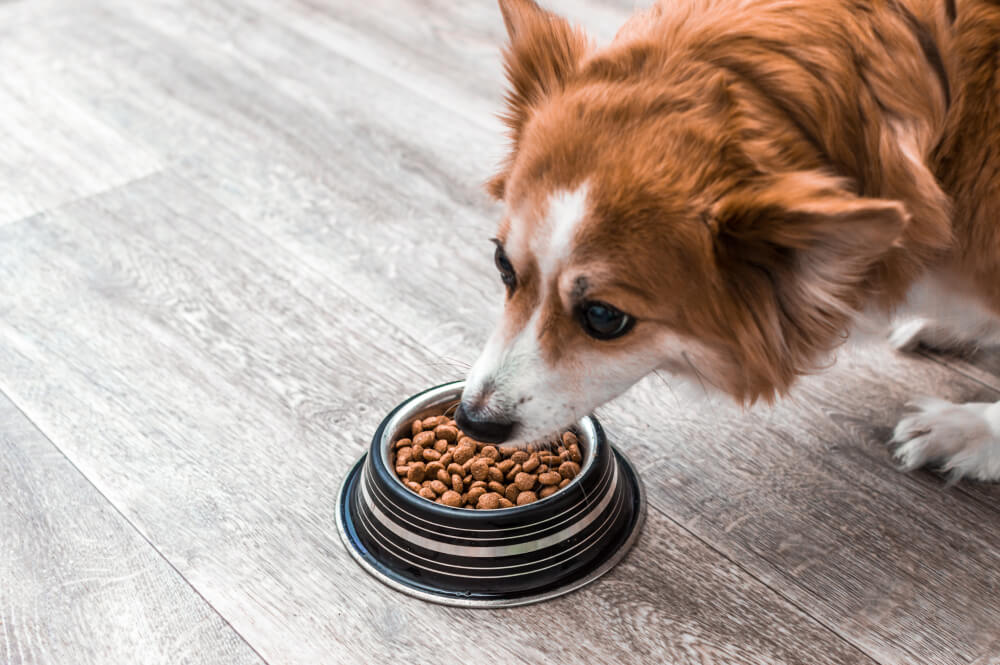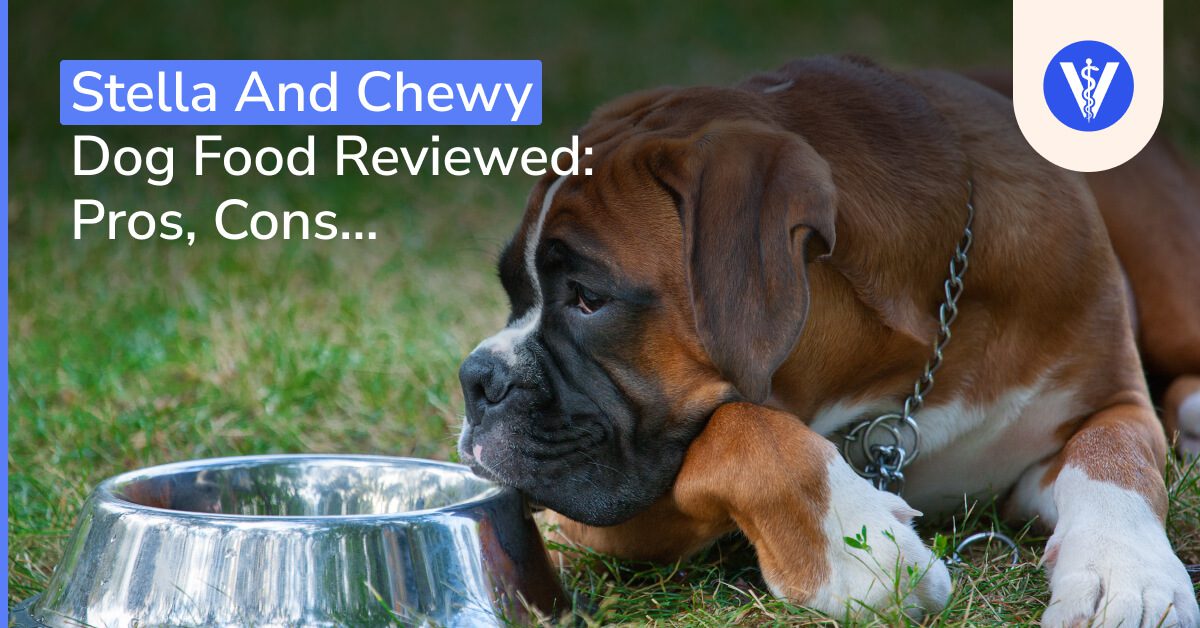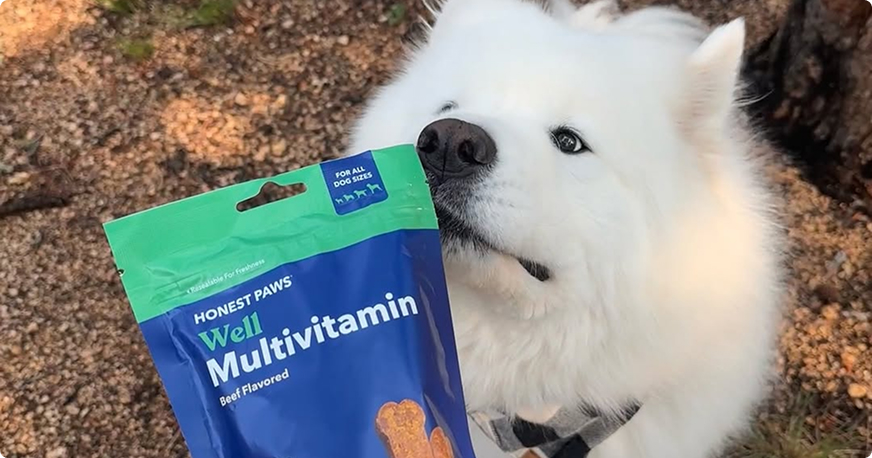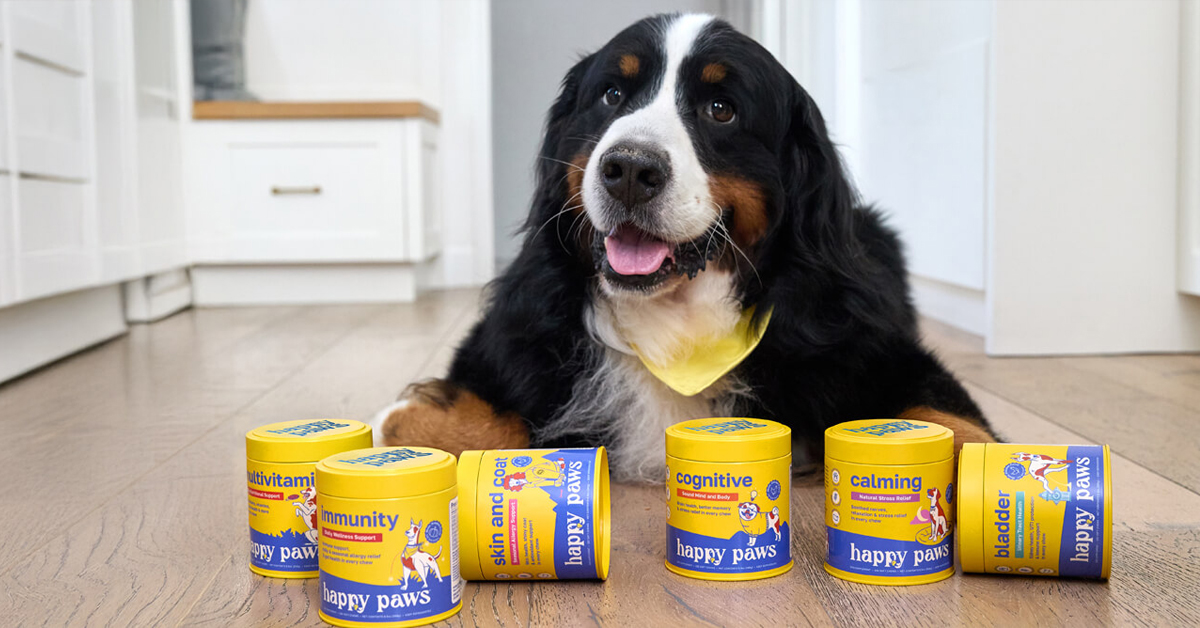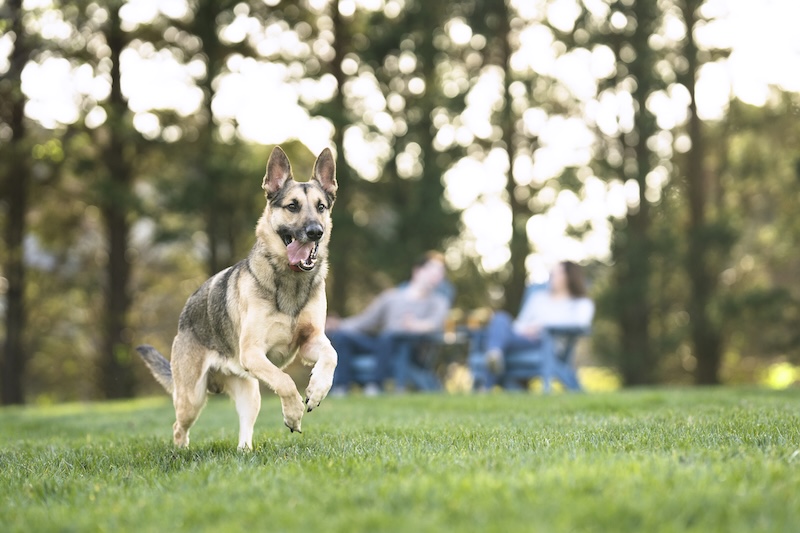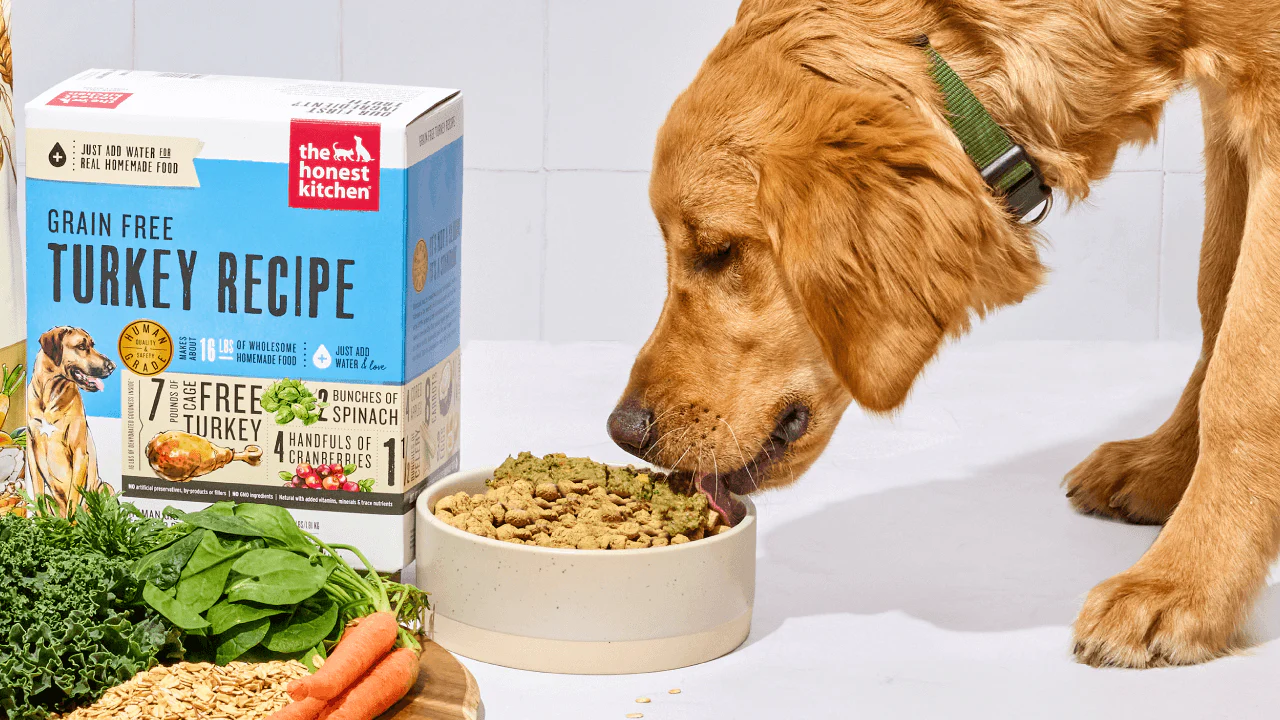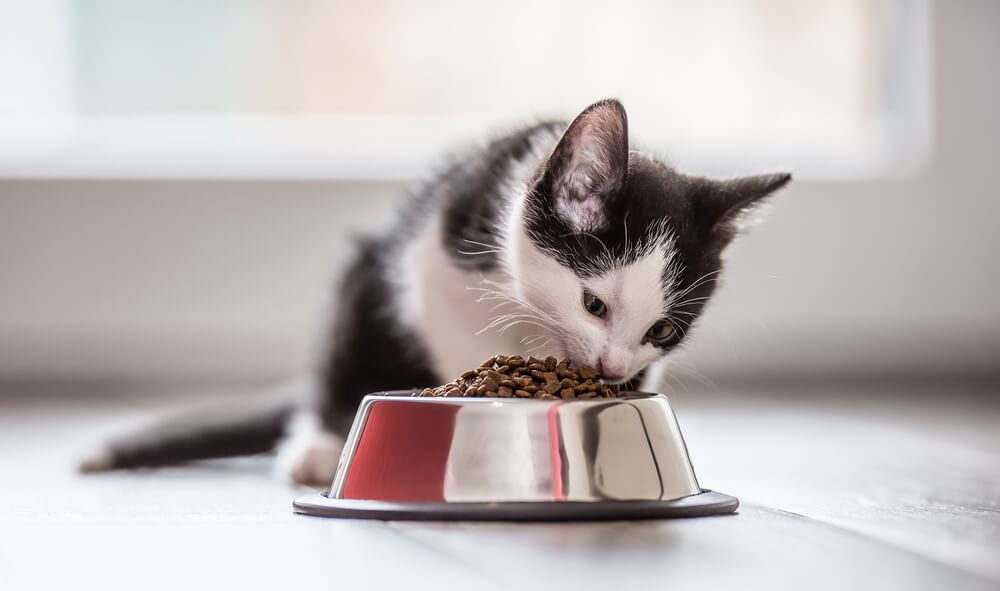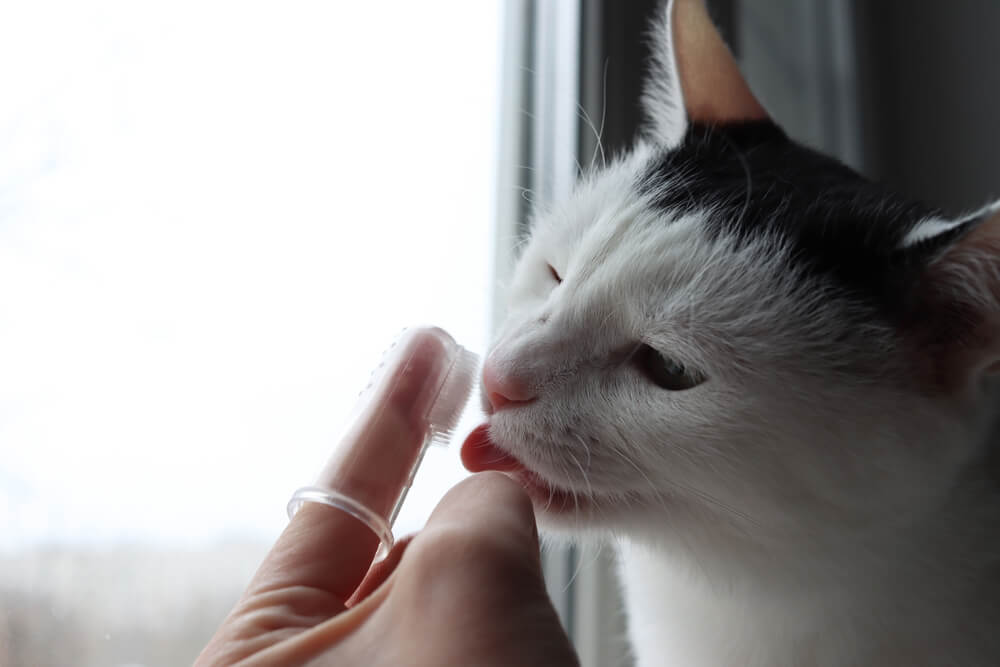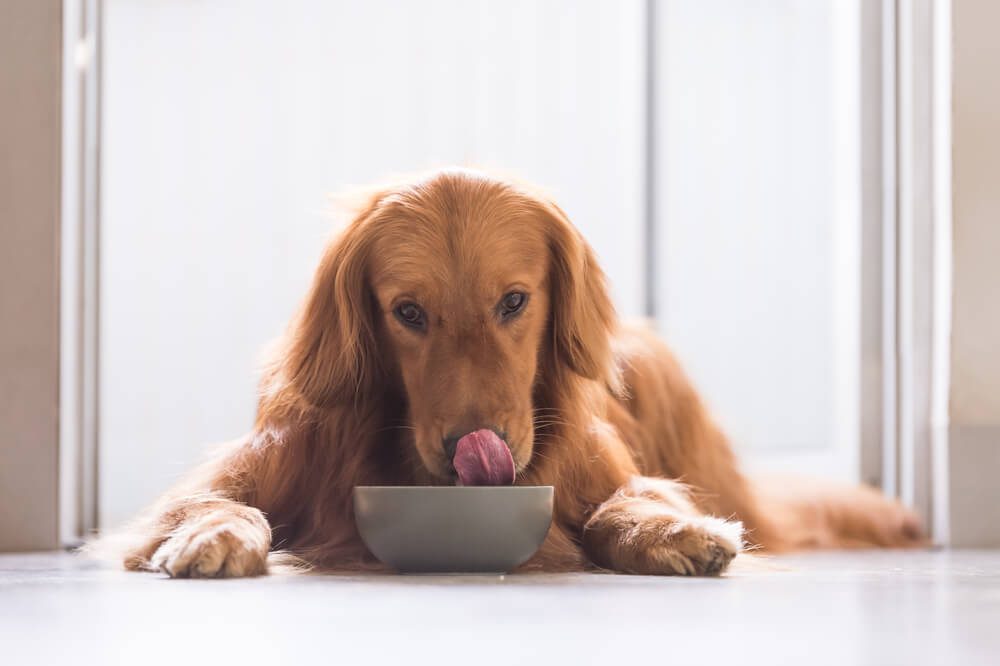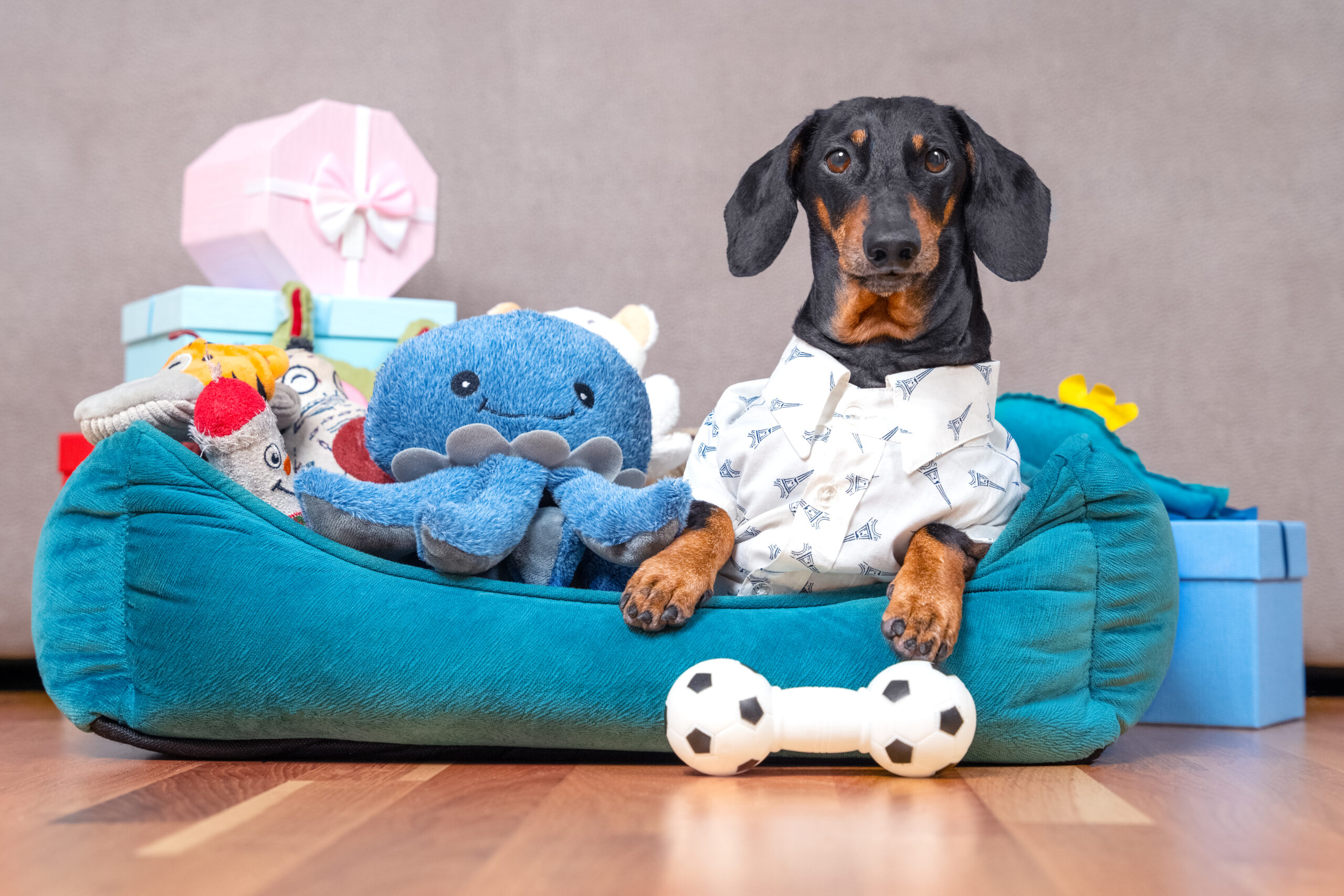Why Is My Cat So Skinny? Understanding Cat Weight Loss
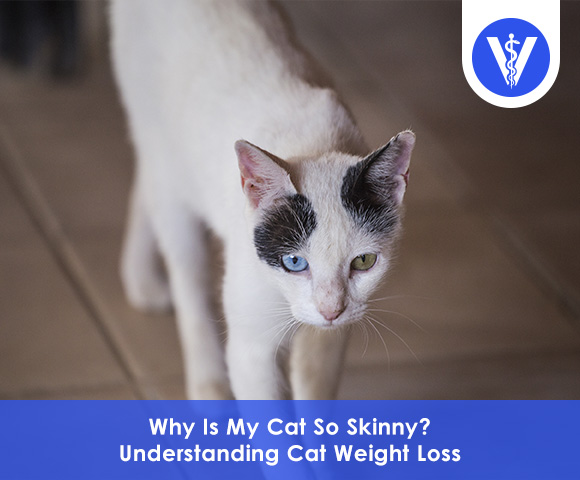

Why Is My Cat So Skinny? Understanding Cat Weight Loss
Table of Contents
“Why is my cat so skinny?” is a common dilemma among pet owners. Skinny cats typically lose weight because they don’t eat enough. Health conditions cause cats to lose weight and get skinny, and veterinary treatment is required.
Conditions causing weight loss and a bony cat appearance are intestinal parasites, gastrointestinal (GI) tract problems, dental conditions, diabetes, hyperthyroidism, chronic kidney disease, stress, and cancer.
Veterinarians use a standardized 9-point body condition score chart to rank a cat too skinny. Cats scoring below 5 are considered skinny. Skinny cats have visible ribs, hips, backbone, and a belly tucked up noticeably.
Fixing a skinny cat starts with resolving the underlying problem. Managing the trigger is enough to help the cat return to standard weight and shape. Severe cases require further treatment, including a high-calorie diet, serving frequent meals, increasing the food’s palatability, or using GI tract supplements.
Popular supplements for assisted weight gain in cats include CBD oil, fish oil, probiotics, and prebiotics or dietary fiber.
Talk to a veterinarian to determine the underlying cause of weight loss and create the best plan to help a skinny cat gain weight and achieve a standard body condition score.
Why Is My Cat so Skinny?
Your cat is so skinny because it does not eat enough or expends more calories than it consumes. A skinny cat sometimes has an appetite and is eating normally but loses weight because of underlying medical conditions. Dental problems and stress reduce the cat’s appetite, leading to weight loss, for example. Cats with hormonal imbalances, like hyperthyroidism and diabetes, eat normally but lose weight over time.
Pet owners who ask, “Why is my cat so skinny?” must seek veterinary help to determine the cause of the problem. Weight loss is not immediately life-threatening but requires treatment.
Is My Cat Too Skinny?
Yes, your cat is too skinny if its ribs, hips, and backbone are easily felt and seen and the belly is tucked up noticeably. Cats missing a layer of fat over ribs and spine is another sign of an underweight cat.
A healthy cat has a slightly hourglass shape when looked at from above and a slightly tucked-up abdomen when looked at from the side. A cat with a normal body weight has a thin layer of fat covering the ribs that is easy to feel.
The Association for Pet Obesity Prevention says that around 60% of felines in the US are overweight. Overweight cats account for 39 to 52% of the cat population in the UK, stated by International Cat Care.
“38% of cat owners think their cats are underweight,” stated the CATS Report 2022.
The volume of overweight cats makes diagnosing a cat that is too skinny challenging because normal-sized cats appear abnormally thin compared to overweight cats. Cats with long coats or saggy bellies make diagnosing underweight harder.
Veterinarians use a standardized Body Condition Score chart to assess cat weight. The chart categorizes the cat’s body condition on a 9-point scale, with 1 being extremely emaciated, 5 being ideal, and 9 being morbidly obese.
Body condition scores of 4/9 and 6/9 are acceptable in certain cats. A 4/9 score is normal in a highly active outdoor cat, while a 6/9 score is typically seen in older cats, for example.
Pet owners are able to use the chart to determine whether a cat is too skinny. Consulting a vet is recommended for cat owners unsure how to use the chart.
What Causes Cat to be Too Skinny?
The causes for a cat to be too skinny are listed below.
- Not Eating Enough: Cats eating less than usual is the obvious cause of a cat being too skinny. Cats eat less than normal for various reasons, such as cats fighting over food in a multi-pet house or arthritic cats are unable to access food because it is in a high place. Energetic cats consume normal food portions but use more calories in daily physical activity. Cat food that lacks caloric content to meet the cat’s needs causes cats to lose weight.
- Old Age: Old age in cats is closely related to weight loss and a scrawny cat look. 30% and 40% of cats around 10 to 12 years old have trouble absorbing essential nutrients such as proteins, fats, and vitamins E and B12, according to the University of Illinois College of Veterinary Medicine. Senior cats are at a higher risk of developing health conditions resulting in weight loss. Owners of aging cats asking, “Why is my cat so skinny?” must seek vet help to determine whether the weight loss is a standard aging change or due to a medical problem.
- Dental Conditions: Dental problems in cats are painful and make the cat eat less or not at all to avoid the pain associated with chewing food. The most common dental issues in cats are periodontal (gum) disease, tooth resorption, and tooth fractures. Signs of oral conditions are bad breath (halitosis), drooling, red gums, tooth discoloration, jaw trembling, and food dropping.
- Intestinal Parasites: Intestinal parasites like roundworms, hookworms, and tapeworms trigger cats to get skinny because of weight loss combined with diarrhea, bloody stool, vomiting, poor coat quality, and fatigue. Cats get intestinal worms when hunting and eating prey, swallowing fleas while grooming, eating feces from infected cats, or walking on contaminated grass. Kittens are born with worms from their mothers or get worms via the milk when nursing.
- Gastrointestinal Problems: Digestive system conditions cause reduced appetite or poor nutrient absorption and lead to a cat getting too skinny. Common gastrointestinal problems include inflammatory bowel disease (IBD), pancreatitis, and digestive tract cancers.
- Diabetes Mellitus: Cats are prone to developing type II diabetes, meaning the pancreas produces enough insulin, but the cells in the cat’s body do not respond properly, resulting in high blood sugar (glucose) levels or hyperglycemia. DVM360 explains that diabetes is increasingly common in cats because more and more cats are overweight, a predisposing risk factor. Cats with diabetes account for 0.2% and 1% of the cat population, according to Cornell University. Diabetic cats eat a lot and lose weight despite their appetite, causing a cat to get skinny.
- Hyperthyroidism: Hyperthyroidism is the medical term for an overactive thyroid gland. The thyroid produces hormones that regulate metabolism, and excess amounts of the hormones stimulate a cat’s metabolism. Cats with hyperthyroidism are always hungry and eat a lot but lose weight. The top two risk factors for hyperthyroidism in cats are old age and eating canned food, according to the study “Prevalence of and risk factors for feline hyperthyroidism in South Africa,” 2017.
- Chronic Kidney Disease: Weight loss is a premature sign of kidney disease and, in some cats, manifests as early as three years before the kidney diagnosis is made. “Weight loss can be detected in cats before diagnosis of CKD, accelerates after diagnosis, and is associated with shorter survival,” stated the study “Evaluation of Weight Loss Over Time in Cats with Chronic Kidney Disease.” Chronic kidney disease progresses into kidney failure and is very common, especially in older cats.
- Stress and Anxiety: Stress or anxiety is an overlooked cause of a skinny cat. Stressed cats eat less or not at all, depending on the trigger and the severity of the anxiety. Changes in the owner’s work schedule, adding a new pet family member, rearranging furniture, and loud noises are frequent causes of anxiety in cats. Signs of stress include hiding, changes in vocalization, peeing outside the litter box, and aggressiveness.
- Feline Viral Diseases: The top three viral diseases causing cats to get skinny are FIP (Feline Infectious Peritonitis), FeLV (Feline Leukemia Virus), and FIV (Feline Immunodeficiency Virus). The diseases have different causes and are potentially fatal if left untreated.
- Cancer: Cats with cancer, in some cases, develop paraneoplastic syndrome (PNS). PNS is a group of atypical disorders developing due to abnormal secretions of the tumor or the immune system’s response to the tumor’s presence. Complete loss of appetite (anorexia) followed by body wasting (cachexia) is the most common clinical manifestation of paraneoplastic syndrome in cats.
How Much Should Your Cat Weigh?
Your cat should weigh between 8 and 10 pounds if it is an average domestic cat. Cat weight varies among breeds. The Singapura, the smallest cat breed, has a lithe and delicate frame with an average body weight of 4 to 8 pounds. The Maine Coon, the largest cat breed, has a sturdy body frame with a broad chest and strong features, weighing up to 25 pounds.
Kittens put on weight rapidly until maturity and gain weight in their senior years. Cats put on weight until they are around eight years old was the conclusion of a study of 19 million cats titled “Investigation of relationships between body weight and age among domestic cats stratified by breed and sex,” and published in The Journal of the American Veterinary Medical Association in 2019.
Talk to a veterinarian or research the breed standard to determine the ideal weight range for a cat. A cat that is too skinny is as problematic as an obese cat and warrants attention.
How can I Help my Cat from being Too Skinny?
You can help your cat avoid becoming too skinny by seeing a vet to determine the problem, following the treatment guidelines, and starting a weight gain program.
Schedule an appointment with a veterinarian to determine if an underlying medical condition is causing the cat to be too skinny. The vet diagnoses the health issue and prescribes a treatment plan.
Pet owners must follow the vet’s treatment plan and give the prescribed medications when necessary, in the correct doses, and as directed by the veterinarian.
Cats return to their normal body weight once the underlying condition is under control. Starting a weight gain program, including more frequent calories, and enticing meals, is helpful and speeds up the recovery.
What are the Signs that your Cat Being Skinny Indicates Underlying Disease?
The signs that your cat being skinny indicates underlying disease are listed below.
- Sudden Weight Loss: Gradual and small fluctuations in the cat’s weight are normal. Sudden and significant weight loss is concerning and requires an in-depth investigation.
- Unusual Appetite: A cat eating normally or even more than usual and losing weight is problematic and indicative of underlying health problems.
- Behavioral Changes: Changes in the cat’s behavior, unexplained weight loss, and skinniness are usually triggered by a more severe condition, including disease.
- Accompanying Signs: Owners wondering, “Why is my cat so skinny?” must consider underlying diseases if the cat shows additional signs and symptoms, such as vomiting, diarrhea, abdominal pain, fever, and lethargy.
When should you Bring your Skinny Cat to the Vet?
You should bring your skinny cat to the vet if the weight loss is sudden or associated with other worrisome signs or symptoms, including vomiting, diarrhea, lethargy, fever, abdominal pain or rampant appetite.
Cats that lose over 10 percent of their body weight or have sudden and significant weight loss must be treated by a veterinarian. The average cat weighs around 10 pounds, so losing as little as one pound is serious and requires proper attention.
Weighing cats once a month to monitor subtle changes is the advice from Ingrid King, cat expert, and award-winning writer, in an article for Animal Wellness Magazine.
Use a baby scale to weigh a cat. A less accurate alternative is for pet owners to weigh themselves alone, then weigh themselves with the cat and subtract the difference.
What Food Diets are Best for Skinny Cat’s Diet?
The food diets best for skinny cats are listed below.
- Animal-Sourced Protein: Protein is the number one nutrient for cats and must be of high quality and sourced from animals. Recommended protein sources include meat, poultry, and fish. Food diets for skinny cats contain over 30% of protein. Instinct, Nulo, Solid Gold, and Ziwi Peak offer various recipes with a high protein content.
- High-Fat Content: Fat is an essential nutrient for a skinny cat food diet. Cats need a fat content of over 20% when dealing with weight loss. Cat food brands such as Blue Buffalo, Merrick, and Farmina offer high-fat cat diets that are rich in protein, too, and are easily digestible and gentle on the cat’s digestive system.
- No Allergens and Additives: Food diets for skinny cats must be allergen and additive-free. Allergens and additives wreak havoc on the cat’s stomach and cause diarrhea, contributing to the weight loss problem. Rawz, Open Farm, and Smalls offer excellent allergen- and additive-free cat formulas.
- Prescription Formulas: Cats that are severely underweight or have certain health issues benefit from prescription diets when tackling the “Why is my cat so skinny” issue. Royal Canin and Hills offer the best prescription diets for weight gain in cats.
What are Treatments for Very Skinny Cats?
The treatments for very skinny cats are listed below.
- Managing the Underlying Cause: Find and manage the underlying cause of the very skinny cat. Critically underweight cats are usually sick, and weight gain is impossible until the condition is treated or managed. The exact approach depends on the problem. A very skinny diabetic cat needs insulin to start putting on pounds, while a cat with parasites needs antiparasitic pills, for example.
- Frequent Meals or Free Feeding: Serve large food portions or increase the number of meals per day to treat very skinny cats. Free feeding is another excellent option when cats prefer to graze on small amounts of food all day.
- Food Type and Freshness: Try different food types and flavors to entice the appetite of a very skinny cat. Switch to a wet formula if feeding dry food, or if feeding a very skinny cat chicken-based products, try salmon. Ensure the food is fresh and appealing.
- High-Calorie Cat Food Formulas: Use a high-calorie formula to treat very skinny cats after consulting a veterinarian. The pet market offers plenty of cat diets for weight gain. A nutritionally balanced cat formula for skinny cats contains at least 30% protein and 20% fat and is made with quality protein sources like meat, fish, or poultry.
- Food Bowl Traits and Location: Buy a new feeding bowl to treat a very skinny cat. Cats prefer wide bowls and dislike plastic feeders. Put the food bowl in a low-traffic corner away from the cat’s sleeping and toilet area, and other pet feeding areas. Clean the food bowl daily using soapy water because cats are very sensitive to smells.
- Food Palatability Enhancement: Make food more palatable to treat a very skinny cat. Warm the meal in the microwave, add a few drops of tuna water or onion-free soup broth to the food bowl, or use a commercially available cat food topper to improve the food’s aroma.
- A Safe, Stress-Free Environment: Creating a safe environment is an understated step in treating very skinny cats. Cats are very sensitive and thrive in structured, stress-free living surroundings. Minimize stress exposure and provide plenty of exercise and mental stimulation opportunities to reduce anxiety and promote appetite.
- Supplements and Nutraceuticals: Pet owners pondering “Why is my cat so skinny” must try implementing certain supplements and nutraceuticals to the cats’ daily health regimens. CBD products, dietary health products (probiotics and prebiotics), and fish oil are excellent for helping underweight cats return to normal weight and are safe to use when approved by a veterinarian.
How Long can Cats Gain their Normal Weight?
Cats can take up to several months to gain their normal weight. The exact time necessary for an underweight cat to get back into normal shape depends on several factors, including the underlying cause of the “why is my cat so skinny” problem and the treatment’s promptness and adequacy.
“The entire process can take a few months, and weight gain should be a slow and steady process,” according to the University of Wisconsin Madison School of Veterinary Medicine.
Does Cat Depression Cause Cat’s Being Too Skinny?
Yes, cat depression causes cats to be too skinny in some cases. Depression affects the cat’s appetite and reduces food intake, which leads to gradual weight loss and a pet owner wondering, “Why is my cat so skinny.”
Depression in cats is defined as an ongoing low-mood state or a continuous feeling of sadness. Cat depression is a serious mental health condition and harms the overall quality of life.
Depression is not immediately life-threatening; however, cat depression is serious if the cat is reluctant to eat for several days. Cats not eating for three to four days in a row are at risk of developing fatty liver or hepatic lipidosis.
Fatty liver or hepatic lipidosis is a cat-specific condition that, left untreated, has a mortality rate of over 90%.
How can CBD Oil be Used to Treat Cats Being Too Skinny?
To use CBD to treat cats being too skinny, follow the steps below.
- Consult the Vet about CBD Oil. Visit a veterinarian to discuss the “Why is my cat so skinny” issue. Cannabinoids in CBD directly promote a healthy appetite and others work indirectly by supporting a healthy digestive system and suppressing nausea and vomiting. Regular CBD use in cats helps relieve pain and stress, which inhibit the cat’s appetite and contribute to weight loss. Consult a vet to ensure the CBD oil is safe to use with the cat’s mainstream treatment.
- Get a Quality Cat CBD Oil. The pet market is saturated with CBD products, and not all are of the same quality. Research the CBD brand carefully and read reviews from other customers. A reliable pet CBD brand is transparent and has the Certificate of Analysis (COA) on its official website.
- Choose the CBD Oil Strength and Flavor. CBD oils for cats are available in different potency options and flavors. The correct strength is important for easy dosing and the ideal flavor for simple administration. A skinny cat needs a very low daily CBD dose, so the least potent CBD oil is best. Cats enjoy pet-friendly flavors such as bacon, salmon, or chicken.
- Introduce CBD Oil Slowly. Start with a low CBD dose and allow the cat time to adjust to the new supplement to minimize the risk of side effects. Calculate the starting amount of CBD and observe the cat for efficacy and unwanted reactions before increasing the dose.
- Experiment with CBD Administration. CBD works fastest when given directly into the cat’s mouth, specifically under the tongue (sublingually). Cats are reluctant to accept sublingual administration, and dosing is easier when the CBD is mixed with food or poured on a cat treat. Serving CBD oil with food slows the absorption of cannabinoids, but it is easier in picky felines.
- Consider a Pet CBD Oil Alternative. Try a different CBD product when a cat refuses to consume CBD oil. Pet CBD brands offer many options, including CBD-infused treats and peanut butter. CBD cat treats and peanut butter are high in calories, supporting the weight gain plan and helping skinny cats return to normal weight.
- Use CBD Oil Consistently. Stay consistent with the CBD oil and be patient. CBD is not a miracle cure, and the cannabinoids need time to build up before giving results. Contact the veterinarian if there is no improvement in the cat’s body weight and condition after four to six weeks of consistent CBD use.
How Much CBD Oil can I Administer to my Very Skinny Cat?
You can administer between 1 and 5 milligrams of CBD oil to your very skinny cat. CBD dosing is not an exact method and finding the correct dose requires trial and error. The recommended CBD dosage guideline is 0.1 to 0.5 mg per pound of body weight.
Start with a low CBD dose, around 0.1 or 0.2 mg per pound, and gradually increase the amount. Slow CBD introduction gives the cat’s body time to adjust and reduces the risk of dose-dependent side effects.
Use an online CBD dosage calculator or consult the vet for the best CBD amount for the cat’s weight and condition. Reading the manufacturer’s dosing instructions helps, too.
Is CBD Oil Safe for Cats?
Yes, CBD oil is safe for cats. Pet CBD is sourced from the hemp version of the cannabis plant, and it is free from THC (tetrahydrocannabinol), meaning it is non-addictive and does not make cats “high.”
Hemp-sourced CBD is safe for daily use in cats of all breeds and ages and is compatible with many mainstream medications and supplements. “CBD itself appears, on the surface, to be very safe in cats,” according to PetMD.
The answer is yes to people wondering, “Is CBD safe for cats?” “CBD appears to have good bioavailability and safety profile with few side effects,” according to the “Scientific Validation of Cannabidiol for Management of Dog and Cat Diseases,” published in the Annual Reviews of Animal Biosciences in 2023.
